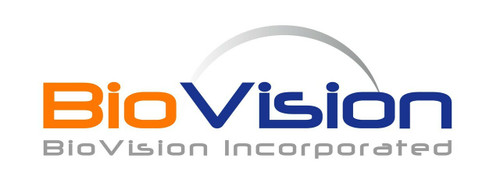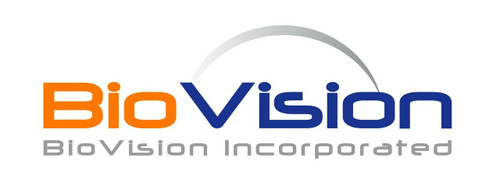Product Description
Colony stimulating factor 1 receptor (CSF1R) is also known as macrophage colony-stimulating factor receptor (M-CSFR), CD115 Cluster of Differentiation 115 (CD115), C-FMS, CSFR, FIM2, FMS, and is a member of the typeⅢ subfamily of receptor tyrosine kinases (RTKs). CSF1R is a receptor for a cytokine called colony stimulating factor 1, The protein encoded by the CSFR1 gene is the receptor for colony stimulating factor 1, a cytokine which controls the production, differentiation, and function of macrophages. This receptor mediates most, if not all, of the biological effects of this cytokine. Ligand binding activates CSFR1 through a process of oligomerization and transphosphorylation . Mutations in CSF1R are associated with chronic myelomonocytic leukemia and type M4 acute myeloblastic leukemia. Increased levels of CSF1R1 are found in microglia in Alzheimer's disease and after brain injuries. The increased receptor expression causes microglia to become more active. Both CSF1R, and its ligand colony stimulating factor 1 play an important role in the development of the mammary gland and may be involved in the process of mammary gland carcinogenesis.
Biovision | P1490 | Human CellExp™ M-CSF R / CSF1R / CD115, Rabbit Recombinant DataSheet
Biomolecule/Target :
Synonyms: CSF1R, C-FMS, CD115, CSFR, FIM2, FMS, M-CSFR
Alternates names: CSF1R, C-FMS, CD115, CSFR, FIM2, FMS, M-CSFR
Taglines: Plays an essential role in the regulation of survival, proliferation and differentiation of hematopoietic precursor cells.
NCBI Gene ID #:
NCBI Gene Symbol: CSF1R
Gene Source: Rabbit
Accession #: G1TTE0-1
Recombinant: True
Source: HEK293 cells
Purity by SDS-PAGE: >90%
Assay:
Purity:
Assay #2:
Endotoxin Level: Less than 1.0 EU per ug by the LAL method.
Activity (Specifications/test method):
Biological activity:
Results:
Binding Capacity:
Unit Definition:
Molecular Weight: This protein carries a polyhistidine tag at the C-terminus. The protein has a calculated MW of 55.2 kDa. The protein migrates as 66-80 kDa under reducing (R) condition (SDS-PAGE) due to glycosylation.
Concentration:
Appearance: Lyophilized powder
Physical form description: Lyophilized
Reconstitution Instructions: Reconstitute in sterile deionized water to a concentration of 50 ug/ml.
Amino acid sequence: AA Val 20 - Ser 503
Handling: Centrifuge the vial prior to opening.
Usage: For Research Use Only! Not to be used in humans
 Euro
Euro
 USD
USD
 British Pound
British Pound
 NULL
NULL








